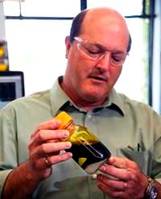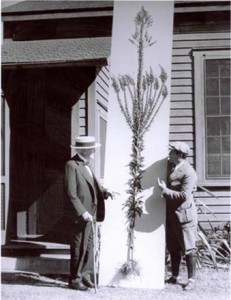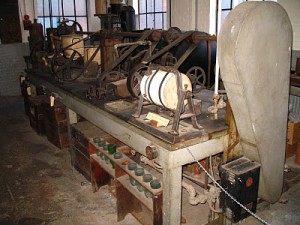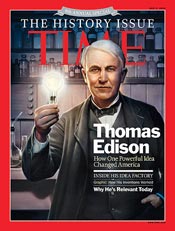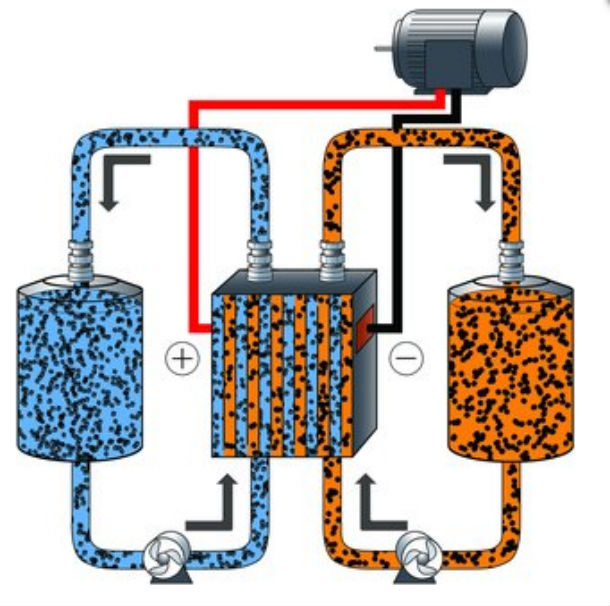The pencil is one of the oldest inventions that is still used today. School kids use them by the millions. Clerks have stored a pencil behind their ear for decades. A librarian would not be caught dead without the handy pencil – and either would Thomas Edison!
The pencil hasn’t changed much since Edison was using it. Once thing that has changed, though, is the lead in our modern day wooden cylinder. It is not lead at all, but a mixture of graphite and clay, in varying proportions to create different types of pencil marks or grades, from soft to hard. For example, the No. 2 pencil is a required for standardardized testing writing so that the grading machines will register it.
Many of Edison’s classic notebook entries and his sketches were done in pencil, from which his talented craftsmen were able to fabricate prototype models for testing; and ultimately Edison’s personal approval. One can easily imagine a pencil in Tom’s pocket at the ready to jot down ideas before they were lost. Tom ordered his own special pencils in large quantities from the Eagle Pencil Company [later renamed the Berol Company in 1969]. His pencils were extra soft, rated as a 5B grade, and designed to fit sideways in his vest pocket…about 3 & 1/2 inches long.
“The Pencil” by noted engineer/historian Henry Petroski, is a definitive tome on the history of the pencil-excellent reading for the aficionado. Petroski also mentions Edison’s use of specially made pencils; which of note are still in the artifact archives at the Thomas Edison National Historical Park in West Orange, NJ. Many great writers also preferred the use of pencils to write their story drafts–greats such at John Steinbeck, Ernest Hemingway, Lewis Carol, Virginia Wolf and Carl Sandburg.
Some Deep Dive Pencil Facts
- An average tree can make 2500 pencils.
- Pencils can write underwater and also be used in the zero gravity of space.
- The word ‘pencil’ comes from the Old French ‘pincel’ meaning small paintbrush.
- Though the exact date is not known for certain, the year 1565 marks the first record of a pencil consisting of a piece of graphite inserted into a wood shaft, making the first ancestor of today’s pencil.
- In 1662, the first mass-produced pencils were created in Nuremberg, Germany.
- In March 1858, the first design was issued for a pencil with an eraser on the end.
- In 1861, Eberhard Faber built the first American mass-production pencil factory in New York City.
Thomas Edison said, “Many of life’s failures are people who did not realize how close they were to success when they gave up.”





